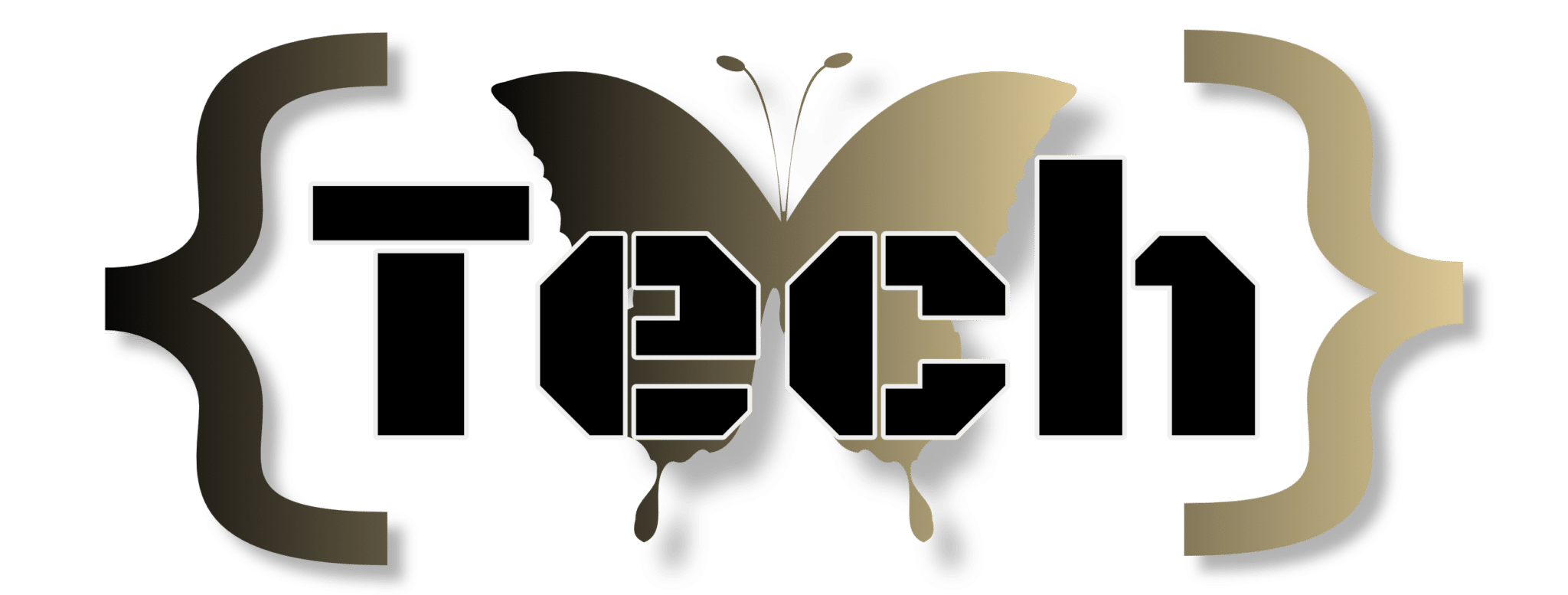The human inclination to over-complicate things is a universal phenomenon, seeping into every corner of our lives, including web design. Often, we envisage grandiose interfaces teeming with features and functionalities, forgetting that complexity has its cost, and in the realm of web design, this cost is user friction.
Despite our noble intentions, our ambitious designs could potentially bewilder or frustrate users. This issue is not always apparent to designers and developers, primarily because we are so accustomed to complexity. We are comfortable navigating intricate structures and processes, making it easy to forget that simplicity often serves the user best.
The Revelation: A Case of Newsletter Subscription
In retrospect, the moment of epiphany seems almost trivial. A simple ‘Join Newsletter’ prompt on the Morphed Tech webpage was initially planned with a conventional mechanism—a button to invoke a pop-up form. A standard, widely accepted process that most users are familiar with.
However, it soon became evident that this traditional approach was inducing unnecessary friction. After all, why make customers click the button, fill out multiple fields, and then click another button when you can simplify the process? And so, a streamlined form was conceived: input your email, click ‘join’. A process that was now reduced to two effortless actions.
Friction: The Invisible Enemy of User Experience
In the world of web design, friction is a subtle but pernicious adversary. It’s not often glaringly obvious, but it lurks in the shadows, eroding user experience one unnecessary click, scroll, or form field at a time. Friction is the accumulation of these minor inconveniences that can quickly add up, diminishing user satisfaction and potentially driving them away.
But it’s not just about clicks and scrolls. It’s about cognitive load as well. The more a user has to think about their interaction with a website, the more friction is created. When designs are complex and unclear, users have to work harder to understand how to get what they want. This cognitive effort is another form of friction—one that we, as designers, need to eliminate.
Our Default Stance: More is Better
The mantra of ‘more is better’ is deeply ingrained in our collective psyche. We seek more features, more options, more information, with the best intentions at heart. And while more can be beneficial, it’s not without its pitfalls. In our eagerness to provide a wealth of options and information, we risk over-complicating our designs, transforming a straightforward task into an inconvenient, cumbersome process for the user.
Consider a simple task, like signing up for a newsletter. How many fields are genuinely necessary for this process? Do you need the user’s name, phone number, company, job title? Or do you only need their email address? By limiting the fields to the bare essentials, you reduce friction and make the process faster and easier for the user.
The Game Changer: Constraints
It’s human nature to see constraints as negatives, as restrictions that limit our options and stifle our creativity. However, when embraced, constraints can be powerful catalysts for innovation. When a designer is faced with a constraint, they are compelled to think more creatively and devise more efficient and effective solutions.
In the world of web design, constraints might come in the form of technical limitations, budget restrictions, or user feedback. Rather than seeing these as roadblocks, we can view them as opportunities to improve our designs and make them more user-friendly.
Unleashing Creativity through Limitations
Surprisingly, creativity doesn’t necessarily thrive on a blank canvas. It often blossoms under pressure, within the confines of rules and boundaries. By setting limits, we’re challenging our innovative abilities. We’re encouraging ourselves to think outside the box and to design more precisely, efficiently, and effectively.
The streamlined email subscription form on the Morphed Tech website is a case in point. By limiting the fields to the bare essentials, we removed unnecessary friction and made the user experience more satisfying. Our constraint (the need for a quick, simple sign-up process) forced us to think more creatively and deliver a more user-friendly solution.
Streamlined Design: Putting Theory into Practice
At Morphed Tech, we take these principles to heart. We use constraints as opportunities to think more creatively and improve our designs. The revised email subscription form on our website is a shining example of this approach. A design constraint led us to a streamlined, frictionless solution that greatly improved the user experience.
But we didn’t stop there. We’ve applied this approach to other aspects of our website and software designs as well. From navigation menus to form design, we’ve made every effort to minimize friction and maximize user satisfaction.
Frictionless User Experience: The End Goal
Regardless of the industry or discipline, the ultimate goal of any design should be a frictionless user experience. This principle is universal, applying to everything from web design to product design, from architecture to software development. When users can interact seamlessly with an interface—whether it’s a website, a software application, or a physical product—they are more likely to be satisfied and loyal to your brand.
But achieving a frictionless user experience requires a shift in mindset. It requires us to embrace constraints and see them not as roadblocks, but as opportunities for creative problem-solving. It demands a relentless focus on the user and a commitment to making their interactions with our designs as effortless as possible.
Towards a Frictionless Future
Reflecting on our newsletter subscription redesign, we’re reminded that striving to minimize friction in our designs should always be a priority. Constraints shouldn’t be seen as limits but rather as stepping stones towards innovation and creativity. We should continually question and challenge our designs, removing unnecessary elements and making the user’s journey as effortless as possible.
With every constraint we encounter, we should see an opportunity to innovate. With every limitation, we should find the motivation to think more creatively and design more effectively. Because in the end, a frictionless future is not just about better design—it’s about creating better experiences for users, building stronger relationships with customers, and ensuring the long-term success of our businesses.



